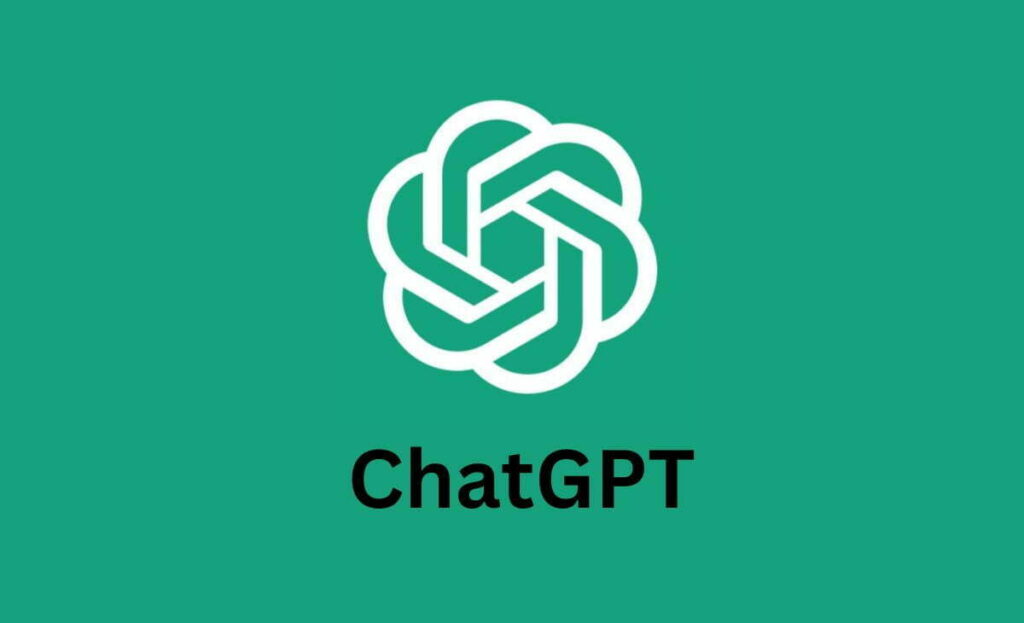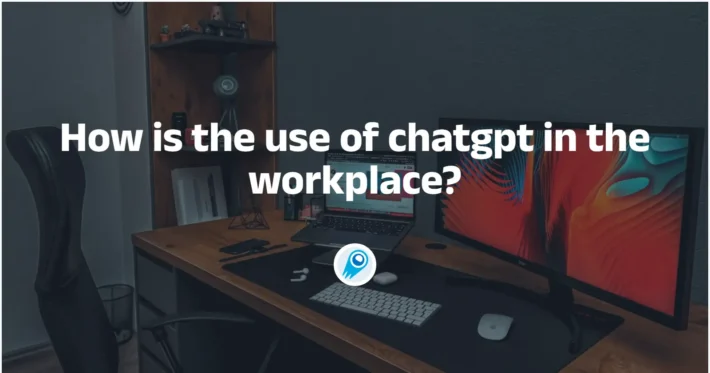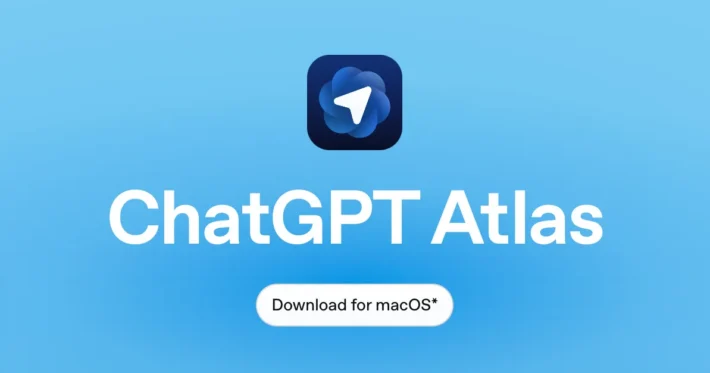Can ChatGPT Watch Videos? A practical, up-to-date guide for 2025

When people ask “Can ChatGPT watch videos?” they mean different things: do they want a chat assistant to stream and visually attend to a clip like a human would, or to analyze and summarize the content (visual scenes, spoken words, timestamps, actions)? The short answer is: yes — but with important caveats. Modern ChatGPT variants and companion services have gained multimodal abilities that let them interpret frames and audio from videos, accept live screen/video input in certain apps, and generate summaries or annotations — but they often do this by treating video as a sequence of still images + audio (or by integrating with video-enabled APIs), not by “playing” the file as you or I would.
Can ChatGPT literally watch a video file the same way a person does?
What “watching” a video means technically
For humans, watching is continuous: eyes take in a motion stream, ears pick up audio, the brain integrates temporal cues. For current LLM-based systems like ChatGPT, “watching” is usually implemented as processing structured inputs derived from the video — for example: a sequence of extracted frames (images), an audio transcription track, and optionally metadata like timestamps or object detection outputs. Models can then reason over that sequence to answer questions, produce summaries, or generate timestamps. In short: ChatGPT doesn’t stream frames in real time as a visual cortex does; it ingests representations of those frames (images + text) and reasons about them.
What features already exist in ChatGPT products
OpenAI has shipped several multimodal innovations: the GPT-4/GPT-4o family has improved vision and audio understanding, and the ChatGPT mobile app gained screen- and video-sharing controls (notably in voice/chat modes) that let the assistant “see” live camera or screen content during a session. The practical effect: you can show ChatGPT what’s on your phone screen or share live video for contextual help in the supported mobile experience. For richer video analysis (file-level summarization, timestamps), current public workflows typically rely on extracting frames/transcripts and feeding those into a multimodal model or using API recipes that stitch together vision + speech processing.
How does ChatGPT analyze video under the hood?
Frame-based pipelines vs. native video models
Two common approaches power video understanding today:
- Frame-based pipelines (most common) — Break the video into representative frames (keyframes or sampled frames), transcribe the audio track (speech-to-text), and send frames + transcript to a multimodal model. The model reasons across images and text to produce summaries, captions, or answers. This method is flexible and works with many LLMs and vision models; it is the basis for many published tutorials and API examples.
- Native video-aware models (emerging and specialized) — Some systems (and research models) operate on spatio-temporal features directly and can perform temporal reasoning and motion analysis without explicit frame-by-frame input. Cloud providers and next-gen multimodal models are increasingly adding APIs that accept video natively and return structured outputs. Google’s Gemini, for example, offers explicit video-understanding endpoints in its API suite.
Typical processing steps
A production pipeline that lets ChatGPT “watch” a video usually looks like this:
Postprocess: Aggregate answers, attach timestamps, generate summaries, or produce structured outputs (e.g., action lists, slide timestamps).
Ingest: Upload the video or provide a link.
Preprocess: Extract audio and generate a transcript (Whisper-style or other ASR), sample frames (e.g., 1 frame per second or keyframe detection), and optionally run object/person detection on frames.
Context assembly: Pair transcripts with frame timestamps, create chunks sized for the model’s context window.
Model input: Send frames (as images) and transcribed text to a multimodal GPT endpoint or present them inside a ChatGPT conversation (mobile screen-sharing or via an API).
Is there a “native” ChatGPT feature that watches videos (file upload / YouTube link)?
Do built-in ChatGPT “Video Insights” or plugins exist?
Yes and no. OpenAI and third-party developers have introduced “Video Insights” style tools and community GPTs that let users paste YouTube links or upload video files; under the hood these tools perform the pipeline described above (ASR + frame sampling + multimodal reasoning). ChatGPT’s core chat interface itself historically didn’t accept raw .mp4 playback as an input the user can “play” for the assistant; instead it accepts files and integrates third-party or built-in tooling that performs the preprocessing.
Limitations of file-upload or link-based workflows
- Length & cost — long videos produce long transcripts and many frames; token limits and compute cost force summarization, sampling, or chunking strategies.
- Temporal nuance — sampling frames loses motion dynamics (optical flow, subtle gestures), so purely frame-based approaches may miss time-dependent cues.
- Quality depends on preprocessing — transcript accuracy (ASR) and choice of frames strongly influence the model’s outputs. If ASR mishears key terms, the LLM’s summary will be wrong. Community guidance repeatedly emphasizes careful clip selection.
Practical recipes: three workflows you can use right now
Recipe 1 — Quick summary of a YouTube lecture (for non-developers)
- Get the YouTube transcript (YouTube’s auto-captions or a third-party transcript).
- Paste the transcript into ChatGPT and ask for a timestamped summary or chapter breakdown.
- Optionally provide a few screenshots (keyframes) for visual context (slides or diagrams).
This yields fast, accurate summaries suitable for study notes. ([mymeet.ai][6])
Recipe 2 — Video indexing for a media library (developer approach)
- Batch-extract frames (every N seconds or keyframe detection).
- Run OCR and object detection on frames; run speech-to-text for audio.
- Create structured metadata (speaker names, detected objects, topics by timestamp).
- Feed the metadata + selected frames + transcript to a vision-capable GPT for final indexing and natural-language tagging.
Recipe 3 — Accessibility (generate audio descriptions and alt text)
- Extract frames at chapter starts.
- Use GPT vision to generate concise visual descriptions for each frame.
- Pair descriptions with audio transcript to create enriched accessibility content for visually impaired users.
Tools and APIs that help
FFmpeg & keyframe detectors — for automated frame extraction and scene-change detection.
OpenAI multimodal endpoints / cookbook recipes — provide examples of using frame inputs and generating narrative captions or voiceovers.
Cloud provider video APIs (Google Gemini via Vertex AI) — accept video inputs natively and produce structured outputs; useful if you want a managed solution.
Transcription services — Whisper, cloud ASR (Google Speech-to-Text, Azure, AWS Transcribe) for accurate, timestamped transcripts.
Conclusion — a realistic verdict
Can ChatGPT watch videos? Not like a person yet — but effectively enough for a wide range of real-world tasks. The practical approach today is hybrid: use transcripts to capture speech, sample frames to capture imagery, and combine these with specialized detection tools before handing the distilled data to a multimodal GPT. This approach is already powerful for summarization, indexing, accessibility, and many content-production tasks. Meanwhile, research and product improvements (including OpenAI’s GPT-4o family and competing video models) are steadily closing the gap toward richer, more continuous video understanding — but for now the best results come from deliberate pipelines, not a single “watch” button.
Getting Started
CometAPI is a unified API platform that aggregates over 500 AI models from leading providers—such as OpenAI’s GPT series, Google’s Gemini, Anthropic’s Claude, Midjourney, Suno, and more—into a single, developer-friendly interface. By offering consistent authentication, request formatting, and response handling, CometAPI dramatically simplifies the integration of AI capabilities into your applications. Whether you’re building chatbots, image generators, music composers, or data‐driven analytics pipelines, CometAPI lets you iterate faster, control costs, and remain vendor-agnostic—all while tapping into the latest breakthroughs across the AI ecosystem.
Developers can access GPT-5, GPT-4.1, O3-Deep-Research, o3-Pro etc through CometAPI,the latest model version is always updated with the official website. To begin, explore the model’s capabilities in the Playground and consult the API guide for detailed instructions. Before accessing, please make sure you have logged in to CometAPI and obtained the API key. CometAPI offer a price far lower than the official price to help you integrate.



